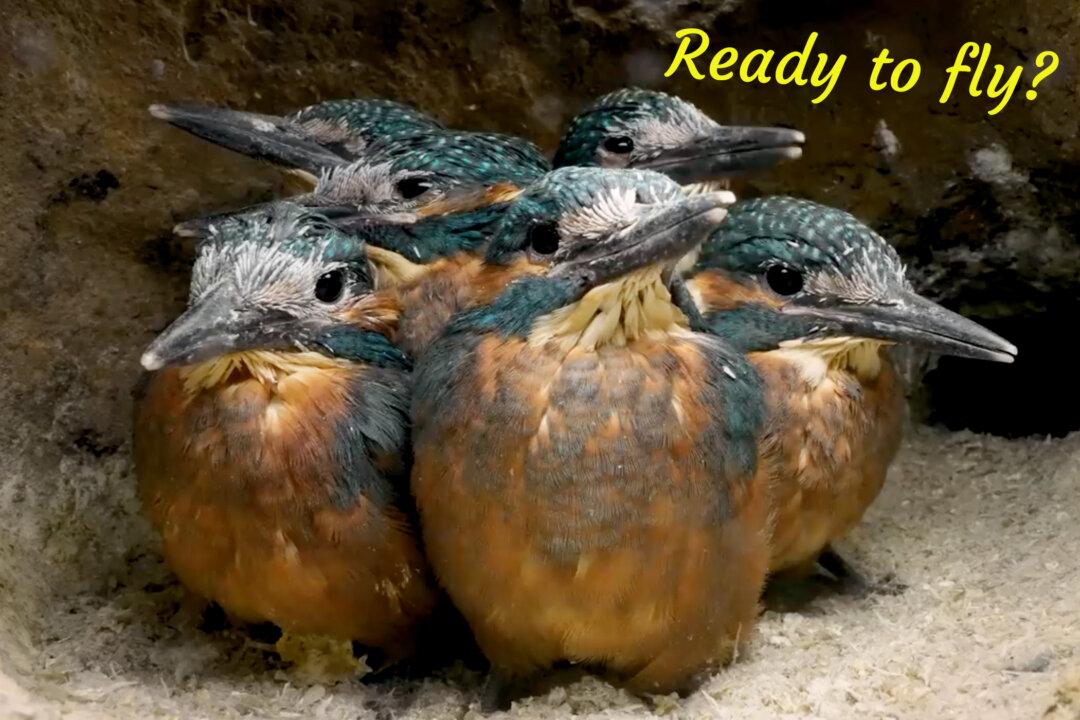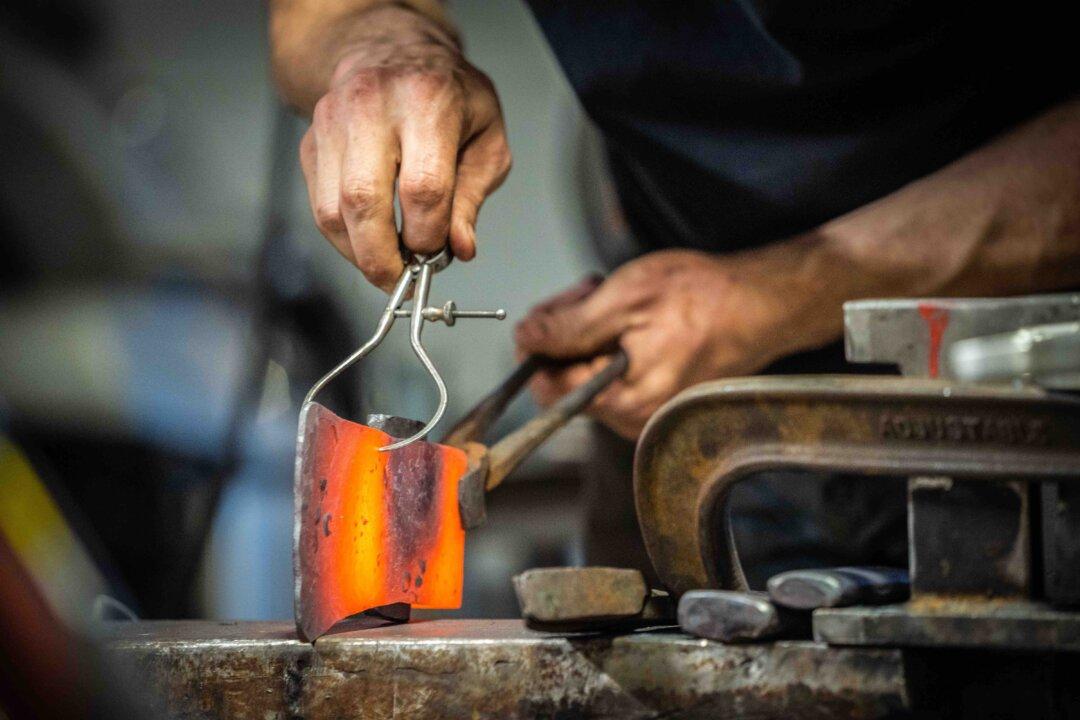Venturing out into the world for the very first time takes bravery. For one baby kingfisher, plucking up the courage to take his first flight took a lot of coaxing and patience from his kingfisher dad.
Captured on camera, the intimate scene shows the little bird’s six siblings gamely hopping out of their nest in North Yorkshire, UK.






